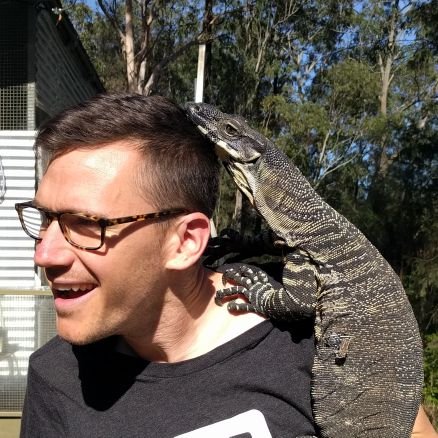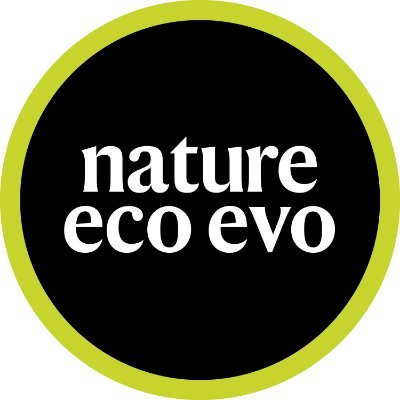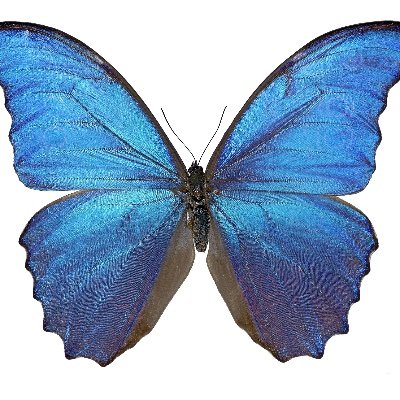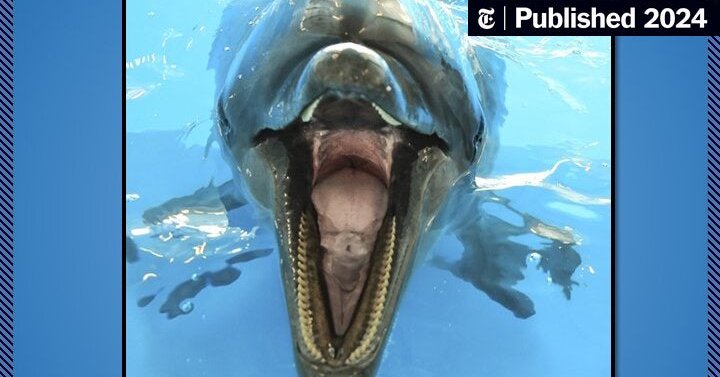
Ian Brennan
@ian_g_brennan
Followers
1K
Following
10K
Media
293
Statuses
1K
@MSCActions Fellow @NHM_London • formerly @Keogh_Lab at ANU • macroevolution • phylogenetics • big on critters
London, England
Joined December 2016
Lizard lovers, travelers, grey nomads, & sandgropers, lend me your ears:.If you’re in Western Australia and come across a dead thorny devil, we’d love to have it as part of our genetic assessment of the species across its range. *Especially* if it’s from btwn Perth and Shark Bay.
8
85
101
RT @PutterT: The "Spags🍝 and snags🌭" study is officially out in @journal_evo. W/ @Keogh_Lab & A. Skeels. 🩵🫰for @StephenZozaya for this amaz….
0
17
0
An impossible decision. Have to go with the incredible shingleback 📸 on the right from @FarquharJules though!.
1
1
28
Now’s as good a time as any to go check out our recent paper on the evolution of Australia’s best skinks. Huge thanks to @FarquharJules for the unreal snap 📸. See thread here:.
1
18
69
Not on my 2024 Bingo card:.Violent incel dolphin attacks. via @NYTimes.
nytimes.com
Nearly 50 beachgoers have been attacked in the past three years. Some marine experts suspect it may be the work of a single “lonely” dolphin.
0
0
0
CROCODILE SKIIIIIINK. (no idea why it’s up in a tree).
Rule-breaking skinks - how social skinks have evolved into a stunning diversity of forms - article on @ian_g_brennan NHM @MSCActions research from @JoshLukeDavis
1
4
18
Very important that we figure out what’s happening in Kalgoorlie. Worried the lizards may have taken over the town.
Scaling-up Aussie lizard data 🦎. This #WorldLizardDay ALA's team member Olivia created this incredible #DataViz of lizard (suborderLacertilia) occurrence record density across AU!. Learn more about creating #Rtistry using ALA's #Rstats package galah! 🔗
0
0
9
I should also say, big thanks to @Keogh_Lab , @DonnellanSteve , and @chapple_lab for coming on this journey with me. Always a supportive and enthusiastic crew.
0
1
6
They live in rainforest canopies and snowy mountaintops, open sandy deserts and tight rock crevices. And they're a cool system because they have very varied body types that suit their habits. see a short write-up by @JoshLukeDavis here:.
1
0
11

























